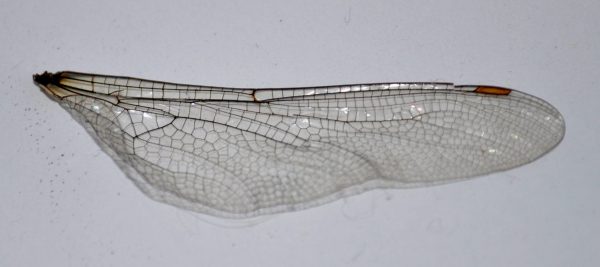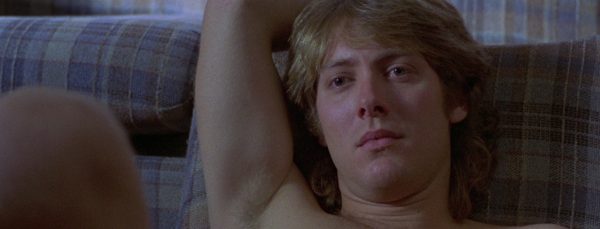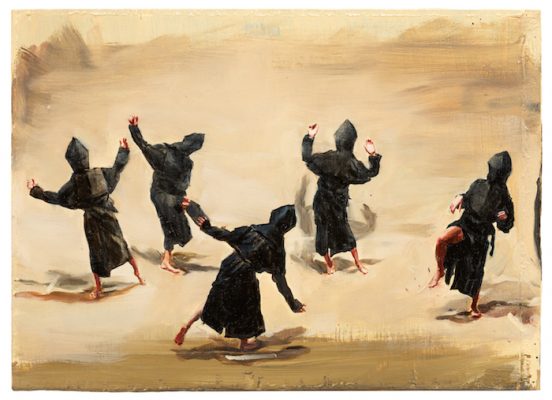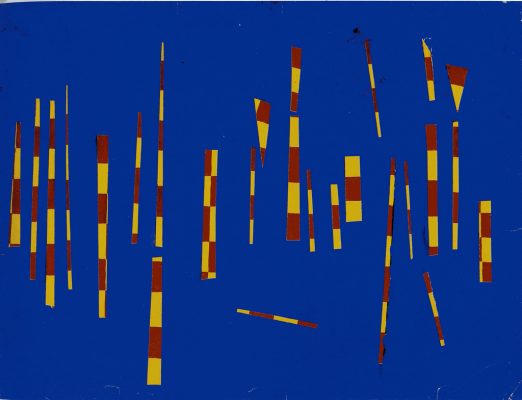What they’ll know of us in future years: the large interiors of our suburban homes were designed by others & lacking in the slightest trace of individual taste. Were cavernous & costly & sterile, mausoleums to the fashion of the moment. Lives were lived in them, but not so they’d disturb the silk cushions on the crushed velvet settees. The air in them was still & muted & old, as if marked by a recent death. Outside, away from the cul-de-sacs, the highways would buzz with traffic, particularly during the morning rush hour & the tired evening commute. Whizzing along, motion is a green forest bordering the sharp bends in the road. To fly, they’d take themselves to airports, with even more cavernous spaces and roofs that were wavy with no feeling in them, but were said to imitate the topography of the land. When not running panicked, people would saunter in them, tourists of their own lives. Indifference & consumption like musack, everywhere. Once in the air, mall-life was brought to them, tranquillised at 25,000 feet with sunlight scintillating off polished airplane wings. Night was chain hotels with fake everything. Looking through a hotel window at a mass-produced, urban morning, you could see the way highways would wind in and out of gas stations and signage, like some long, slow-dying hope. But thanks for giving us another Lolita, concupiscent in the buff, hot for her Humbert Humbert. And for all the road-trip emotions, the different shadings of feeling as the car nosed through the countryside (or was it the past?), under tree-limbs dappled with sunlight or into stricken suburban streets. Thanks for showing the poignancy of airport parking-lots. The poignancy of missing people; arrivals; departures.
share
Letter to Jim Jarmusch [Broken Flowers]
READ NEXT



